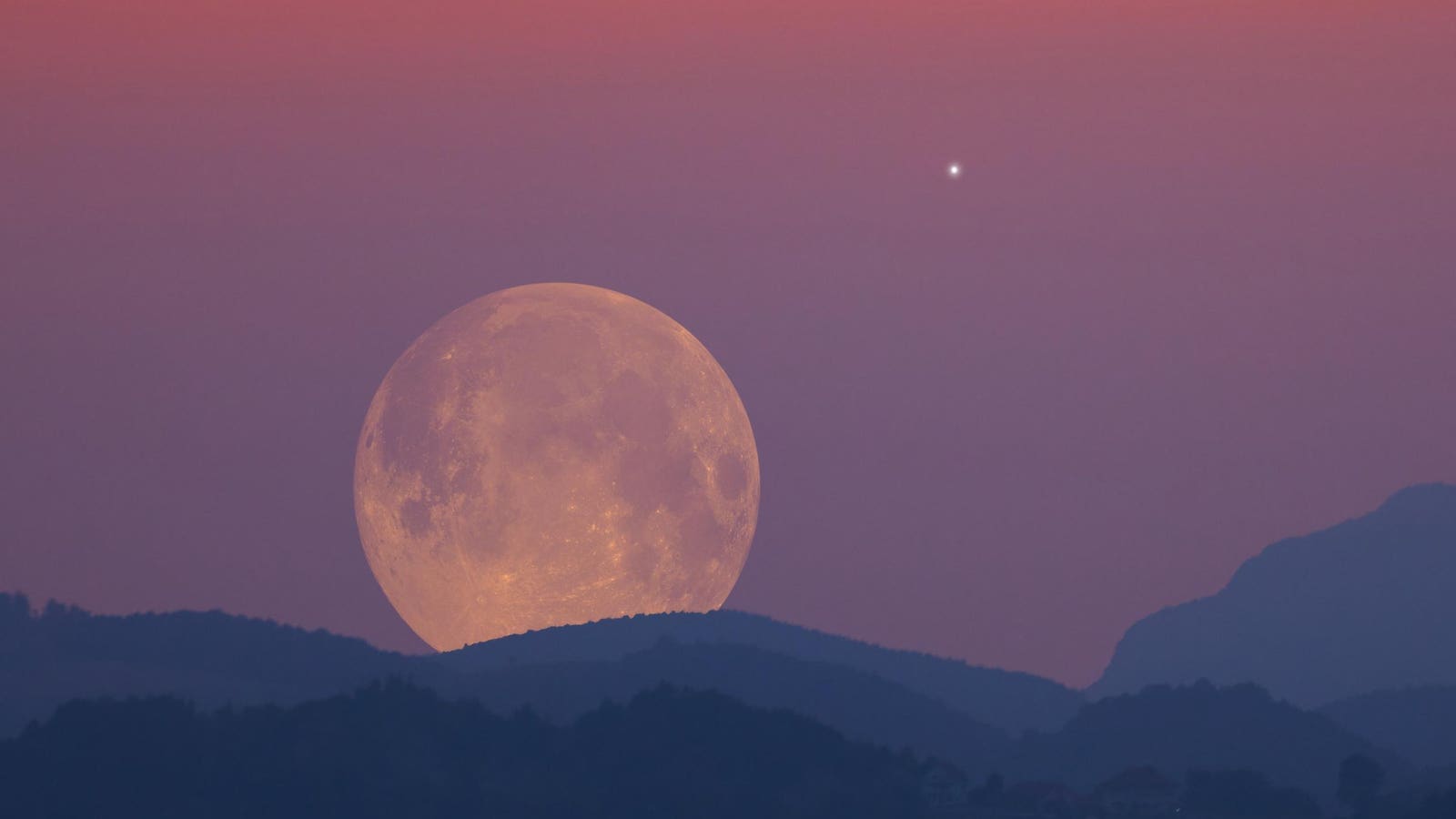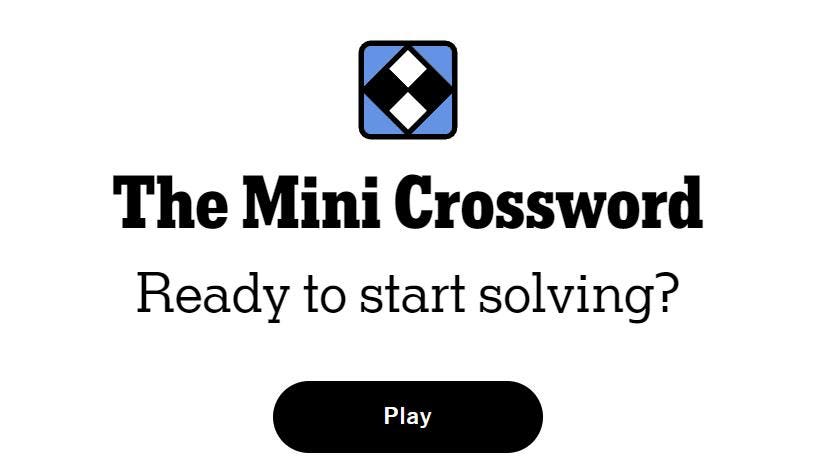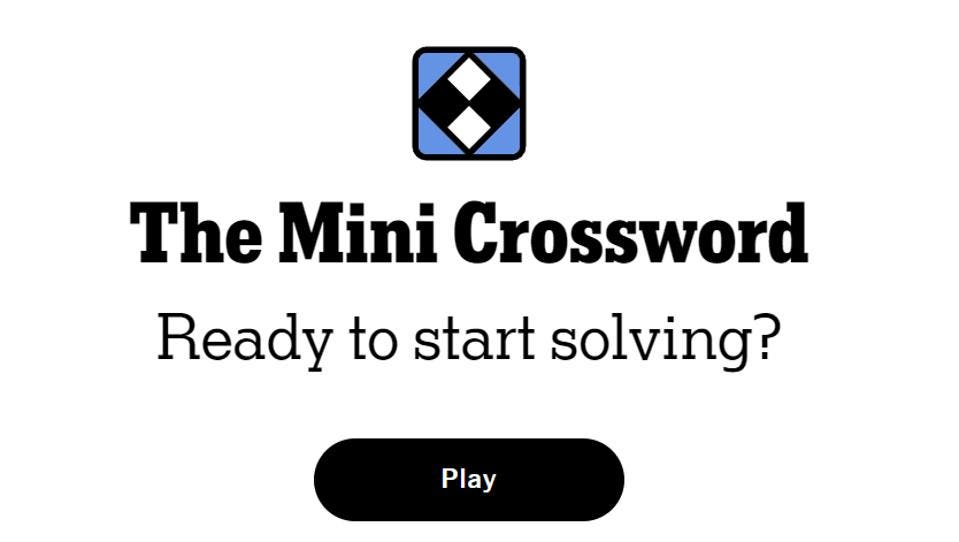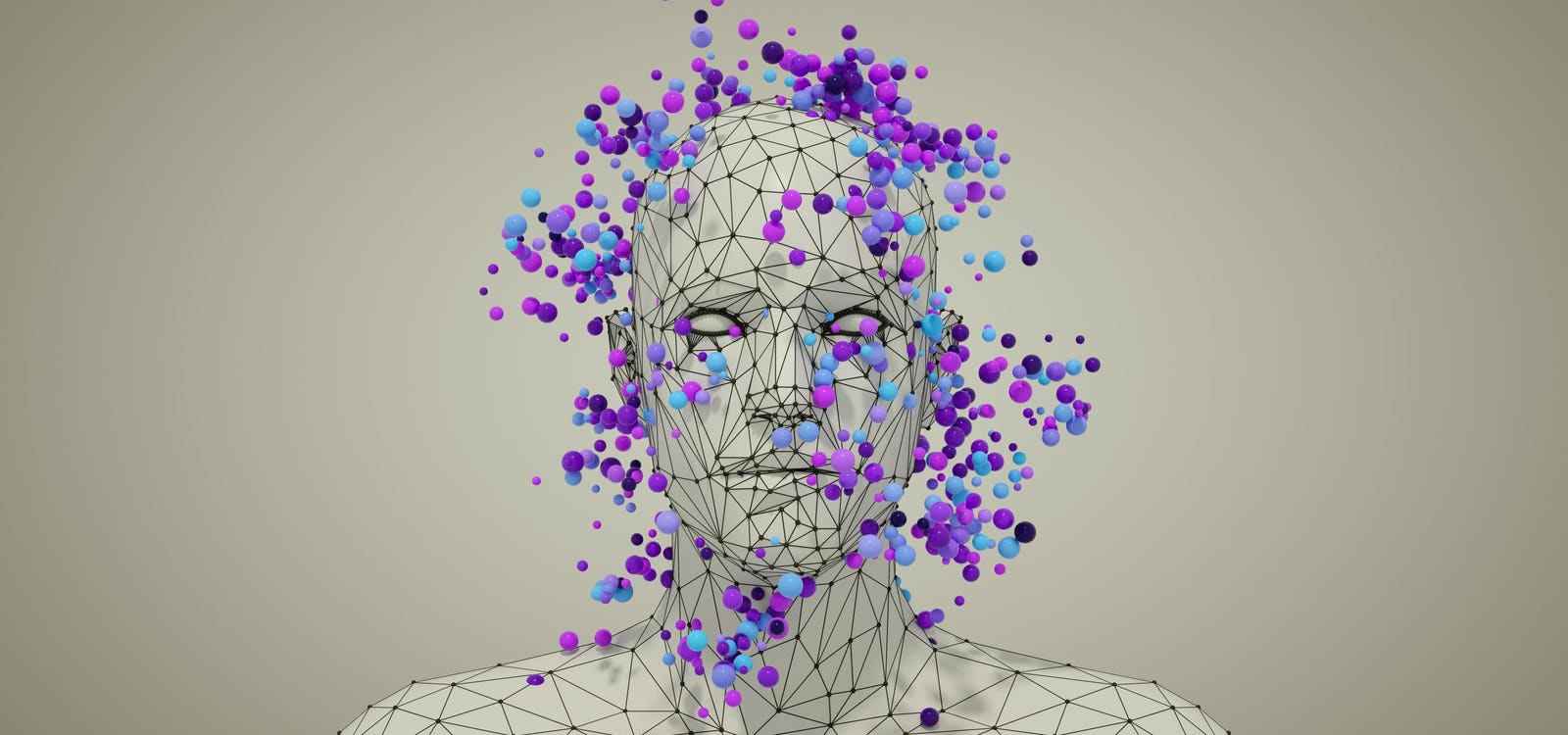See a nearly full moon and brightening Saturn in the evening sky on Sept. 8, 2025.
getty
Fresh from a spectacular “blood moon” total lunar eclipse and its full “corn moon” phase on Sunday, Sept. 7, 2025, a nearly full moon will share the evening night sky with Saturn this Monday, Sept. 8.
With Saturn nearing its brightest, biggest and best for 2025, expect a striking pairing in the east that will be worth getting outside for.
When And Where To Look
After sunset, look to the eastern horizon to spot the 97%-illuminated waning gibbous moon rising with Saturn close by. As it rises, the moon will take on an orangey, then golden hue as it moves higher above the horizon.
The two will climb higher through the night, moving toward the southeast by midnight. Saturn will appear just below and to the right of the moon.
What You’ll See
Both are easily visible to the naked eye, though binoculars (for the moon) or a telescope (for Saturn) will enhance the view.
There’s a bonus close by in the shape of distant Neptune, which will sit between the moon and Saturn — though you’ll need a telescope to glimpse it. Although it’s technically visible to see in a very dark sky, the presence of a bright moon will make it almost impossible.
Monday, Sept. 8: moon close to Saturn, with Neptune between.
Stellarium
Observing Tips
Although the bright moon tonight may wash out faint stars in Pisces, it won’t diminish Saturn’s unmistakably golden glow. While Neptune remains faint, Saturn is brightening as it approaches its annual opposition later this month, making this a perfect time to observe the ringed planet.
Saturn will reach opposition on Sept. 21, when it will lie directly opposite the sun as seen from Earth. This alignment brings the planet closest to Earth, making it appear brighter and with a larger disk as seen through a telescope. For amateur astronomers, opposition is the best chance of the year to see Saturn’s rings in detail, along with its largest moon, Titan. Opposition also means that Saturn rises in the east at sunset and sets in the west at sunrise. Over the coming nights, as the moon wanes and drifts away, Saturn will stand out even more prominently. m
What’s Next In The Night Sky
Saturn and the moon will form part of a five-planet parade that’s still going on in the pre-dawn sky. It comprises five planets — Venus, Jupiter, Saturn, Neptune and Uranus. Mercury joined the fray in August, but has since disappeared into the sun’s glare. Only Venus, Jupiter and Saturn are visible to the naked eye.
It will be visible two hours before sunrise for the next several weeks and is the final such parade until October 2028, when five planets will again be visible together before sunrise.
For exact timings, use a sunrise and sunset calculator for where you are, Stellarium Web for a sky chart and Night Sky Tonight: Visible Planets at Your Location for positions and rise/set times for planets.
Wishing you clear skies and wide eyes.









